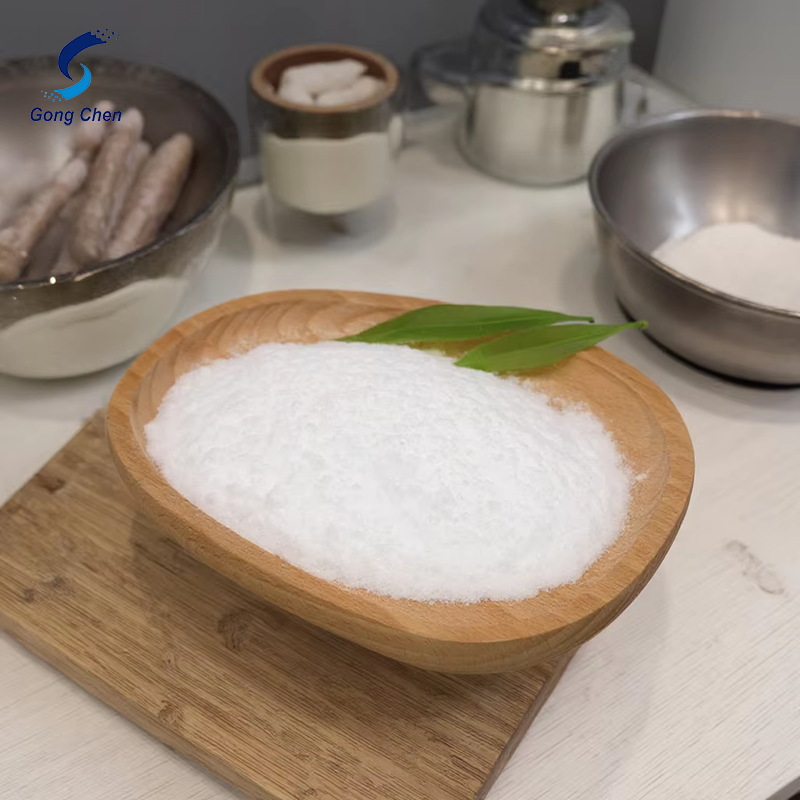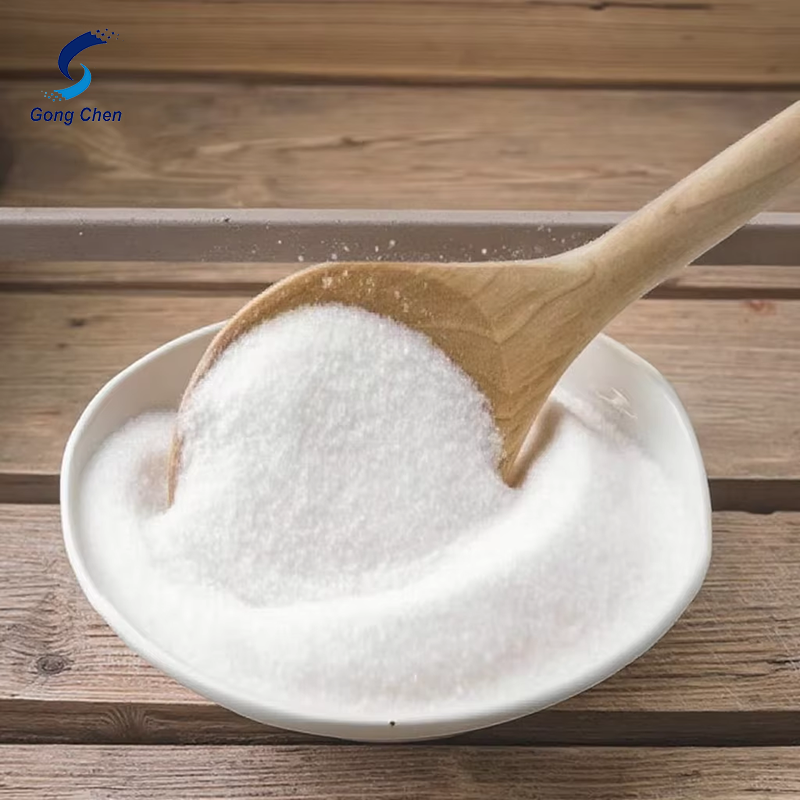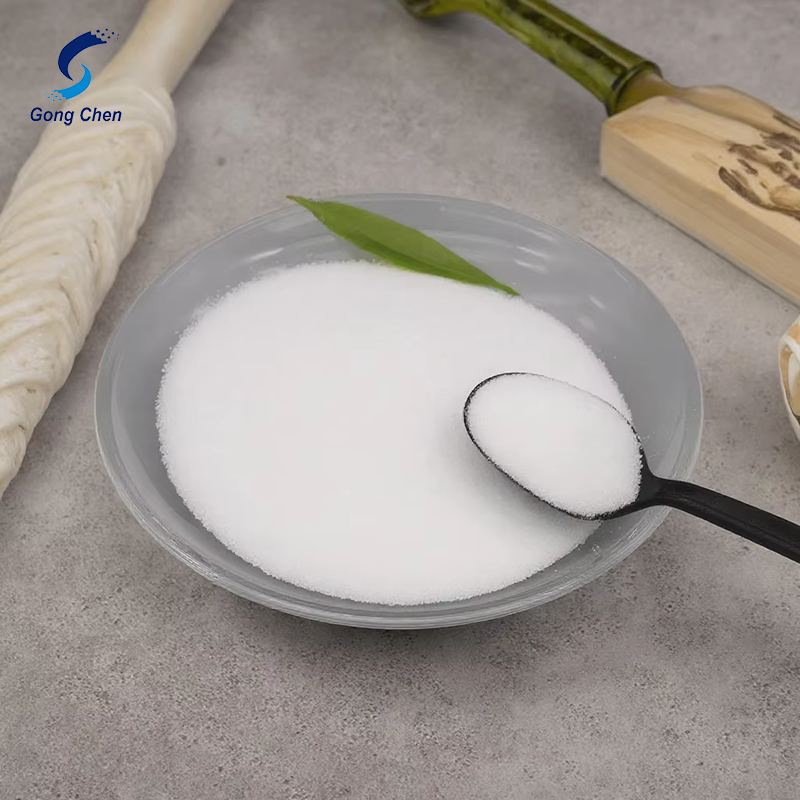-
Categories
-
Pharmaceutical Intermediates
-
Active Pharmaceutical Ingredients
-
Food Additives
- Industrial Coatings
- Agrochemicals
- Dyes and Pigments
- Surfactant
- Flavors and Fragrances
- Chemical Reagents
- Catalyst and Auxiliary
- Natural Products
- Inorganic Chemistry
-
Organic Chemistry
-
Biochemical Engineering
- Analytical Chemistry
-
Cosmetic Ingredient
- Water Treatment Chemical
-
Pharmaceutical Intermediates
Promotion
ECHEMI Mall
Wholesale
Weekly Price
Exhibition
News
-
Trade Service
With the advancement of the Healthy China Initiative, sugar-free foods and beverages have become the choice
of more and more consumers.
But in the face of a wide range of products, can consumers accurately identify sugar-free products? According to the "Chinese Consumer Sweetener Awareness Survey" conducted by Kexin Food and Health Information Exchange Center, more than 80% of consumers have difficulty accurately identifying sugar-free products, and there is a possibility
of being misled when purchasing sugar-free foods and beverages.
Sugar-free beverages have the highest market penetration rate Under the trend of healthy consumption, sugar-free foods and beverages that replace sugar with sweeteners are becoming more and more abundant, and among various categories, sugar-free drinks have the highest
penetration rate.
According to the survey, nearly 85% of consumers have tried sugar-free carbonated drinks, followed by sugar-free coffee/tea (66%) and sugar-free chewing gum (59%), while categories such as sugar-free ice cream and sugar-free chocolate have yet to be further developed
.
Most consumers believe that sugar-free is healthier Excessive sugar intake increases the risk of dental caries, overweight and obesity, and with the implementation of the Healthy China Initiative, more and more consumers understand the negative effects of excessive intake of added sugar, and sugar-free foods and beverages have become a healthier choice
in the minds of consumers.
According to the survey, more than 60% of consumers choose sugar-free products as the first factor is "healthier", and nearly 18% of consumers choose sugar-free products
because they are "curious".
Consumers' perception of sugar and sweeteners is more vague Many consumers check labels when purchasing food and beverages, and the survey found that nearly 80% of consumers judge whether a product is sugar-free through labels such as "sucrose-free" and "0 sucrose", which may be
misled.
Ding Gangqiang, director of the Institute of Nutrition and Health of the Chinese Center for Disease Control and Prevention, pointed out that "0 sucrose" is only without sucrose, not necessarily sugar-free, consumers also need to look at the ingredient list for fructose syrup, crystalline fructose, honey, concentrated fruit juice, jam and other sugary ingredients
.
The survey also found that consumers' perception of sugar and sweeteners is more vague, such as about 70% of consumers believe that saccharin is sugar, about 60% of consumers think that sucralose, stevia are sugar, and nearly 30% of consumers believe that crystalline fructose is not sugar, and regardless of whether consumers have the habit of reading food labels.
Zhong Kai, director of the Kexin Food and Health Information Exchange Center, suggested that public science popularization should be strengthened, and consumers should be guided to read food labels and nutrition labels to reasonably purchase food
.
In addition, people with high blood sugar and diabetics should also pay attention to flour (wheat flour), starch and other ingredients in food ingredients that can cause blood sugar to rise, or choose products
according to doctor's advice.
China Food News(Version 02, December 23, 2022)
(Responsible editor: Gao Jiaodi)







